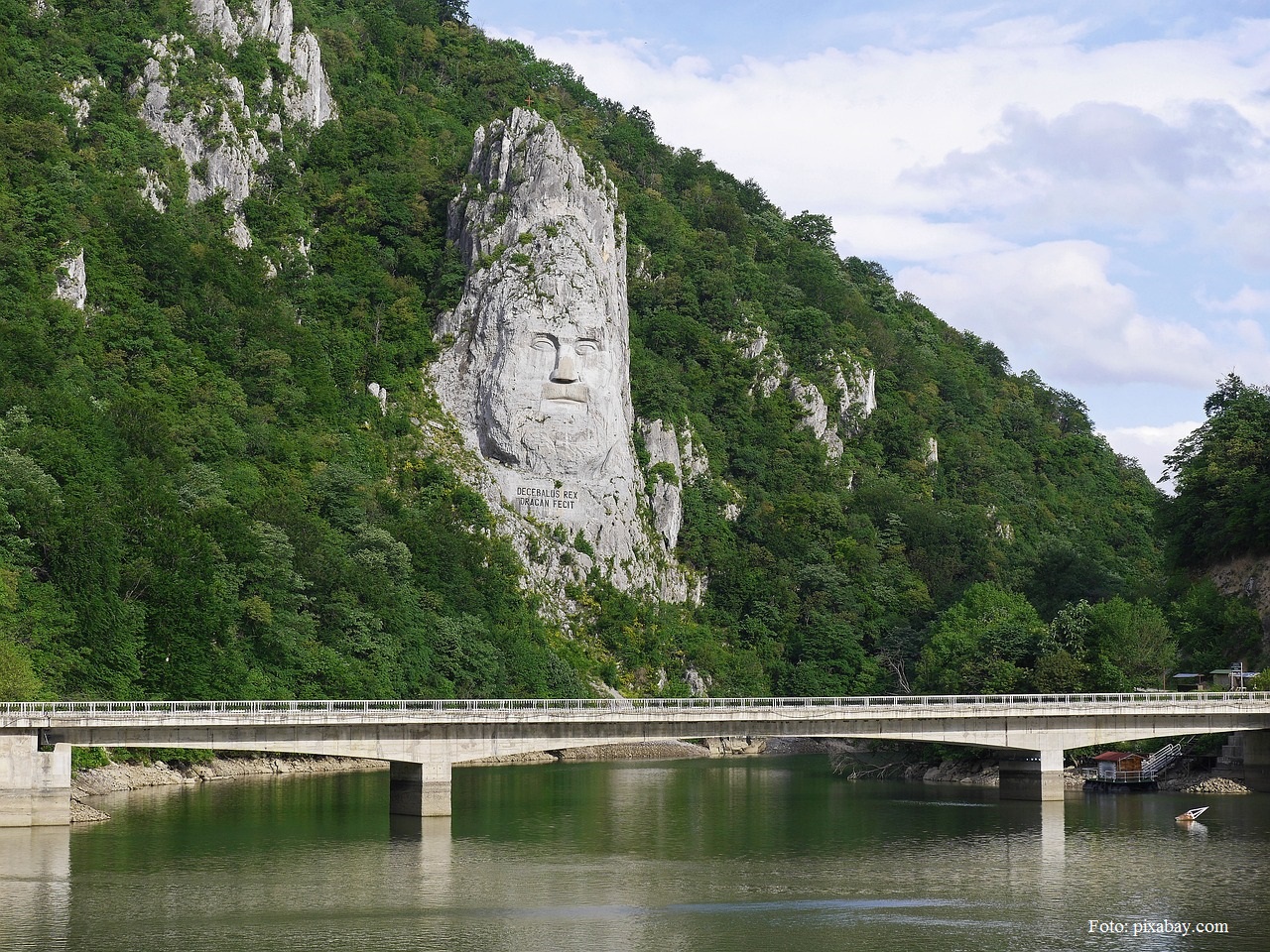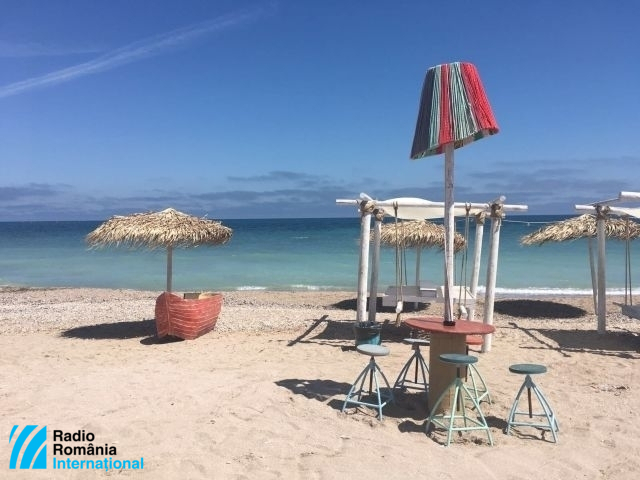Wood as a Resource to Reduce Carbon Emissions
Romania has every resource to be on the front line among countries that are taking major steps in reducing carbon emissions in construction

Eugen Coroianu, 24.02.2022, 16:04
Romania has every resource, from forests, wood, processing capacity, experts, and schools, to be on the front line among countries that are taking major steps in reducing carbon emissions in construction. This comes from the Forestry Association of Romania (ASFOR), which said in a press release how using wood in construction could help reach the ambitious climate objectives that the EU has laid out, such as reaching climate neutrality by 2050, and then reducing emissions below that target. To this end, the construction sector presents a major challenge. According to the action plan for the circular economy laid out in 2020, the construction sector is responsible for over 35% of total waste, and for 5 to 12% of carbon emissions in the EU. Wood production could contribute to turning the sector from a source of emissions to one that absorbs atmospheric carbon. Promoting products that absorb carbon dioxide is fully compatible with the principle of technological neutrality, according to Romanian sources in forestry. ASFOR president Ciprian Musca explains the mechanism:
“The construction sector is one of the sectors that has a fairly high contribution in terms of carbon emissions, through its materials. European states have implemented a series of measures to capture and store carbon. In Romania and the EU we have a resource that can help, and can actively contribute, to reaching these goals. This means forests. Basically, forests absorb carbon, which they then store in the form of wood. The subsequent use of wood as building material assures the very long term storage of carbon. Basically, using wood in construction allows us to store carbon and reach the neutrality goals that we took on as a member of the European community, goals that are supposed to be reached by 2030. There has to be a balance between the economy, society, and the environment. That means the wood harvests that we have in Romania, because Romania is one of the few European states that harvests wood in 10 year cycles. We harvest only the annual forest growth, meaning we dont take out more than the forest can produce.”
In support of this, Romanian foresters recall that last month, the committee in charge of the environment, public health, and food safety with the European Parliament, ENVI, launched a draft report called A New European Strategy for 2030 — Sustainable Management of Forests in Europe. The document refers to adopting a holistic approach, which takes into account the multifunctionality of forests, including storing carbon in the forest biomass and wood products. It also mentions creating a regulatory framework which recognizes the smaller carbon footprint of forestry products as compared to alternative materials. In that context, Romanian foresters point to their own document, called Green Romania in 10 steps, which has a chapter referring to wooden construction. This calls on public authorities to build passive wooden constructions, and to use at least 10% wood in all buildings that are publicly funded. At the same time, with the Wooden House program, foresters call on regular people to be financially supported in using this material in buildings, along with businesses building headquarters, commercial, and manufacturing buildings. However, this cannot be achieved without cutting down forests, and this is a very sensitive issue in Romania. Many environmental associations have decried illegal and abusive deforestation, according to Ciprian Musca:
“First, I would point to the term deforestation. That means cutting down forests, removing them, and changing their usage. For instance, we can have deforestation in order to clear land for a motorway. Otherwise, we cannot speak of deforestation. Here, in Romania, we only have deforestation in the case of grand infrastructure projects. As for illegal forest harvest, we, as participants in the forestry sector, are making efforts to remove the people who illegally affect the forests. We have an IT system, SUMAL 2.0, which is unique in Europe, and provides us with the ability to track wood from land to storage. It is a system that everyone has access to. Any citizen in Romania who wants to check a transport of wood may do so, and they also have the photos. If they have suspicions regarding an illegal batch, they may call 112. which means that transparency is total in terms of wood transports.”
Recently, the Romanian government has taken new measures to discourage all attempts at fraud and graft in terms of wood production. It is a tougher sanctions regime, on the principle of proportionality, which has been a requirement of the EU.






























